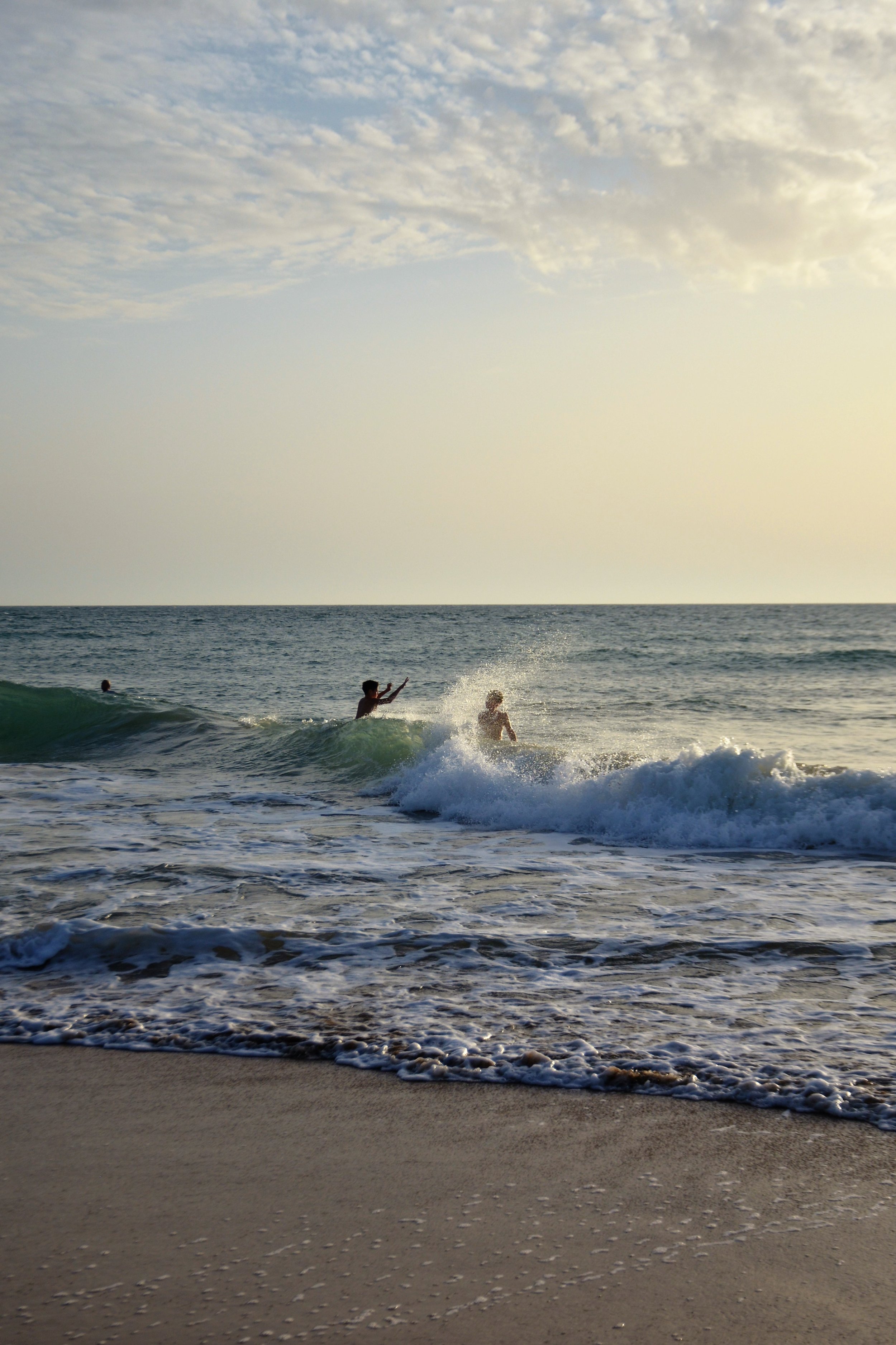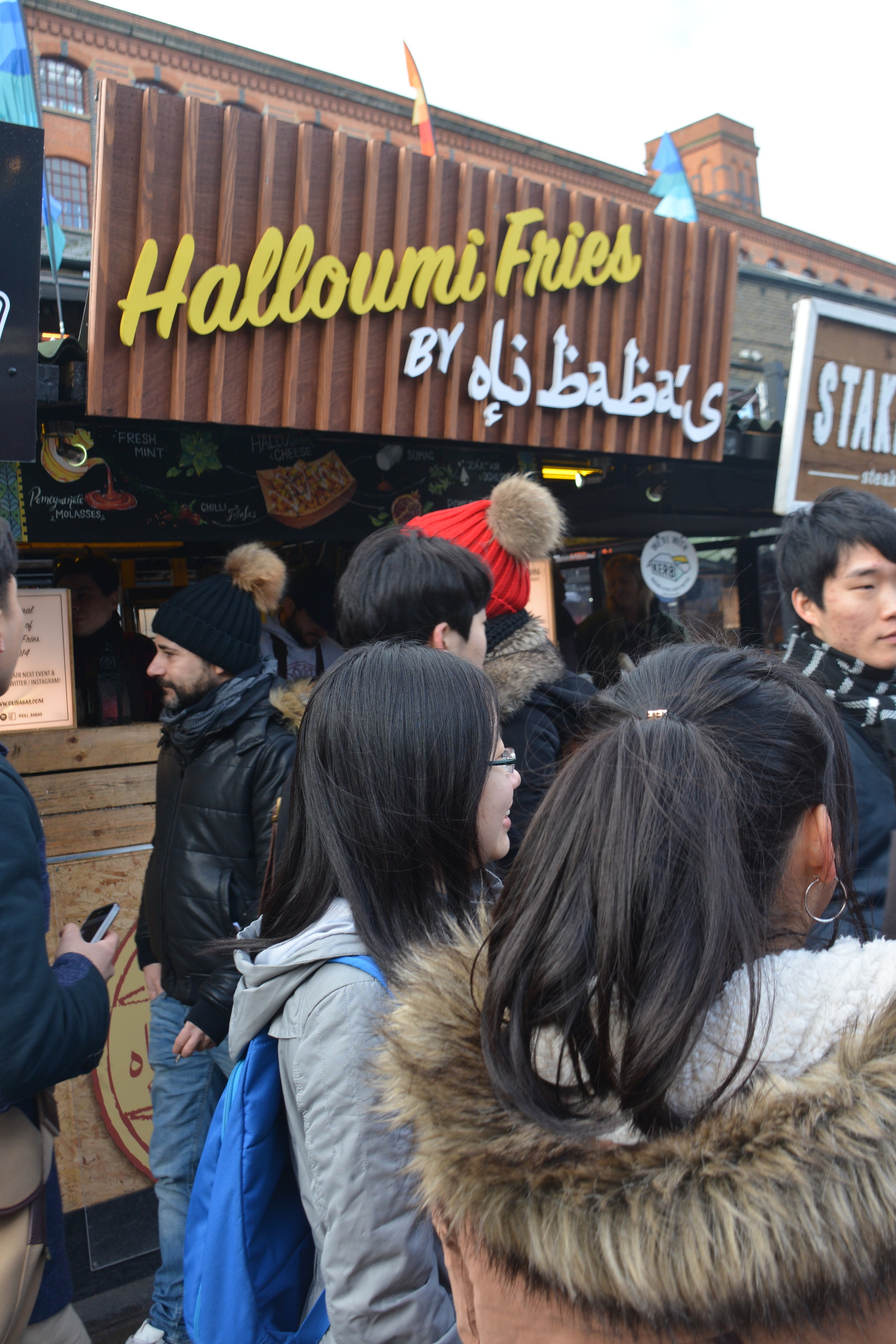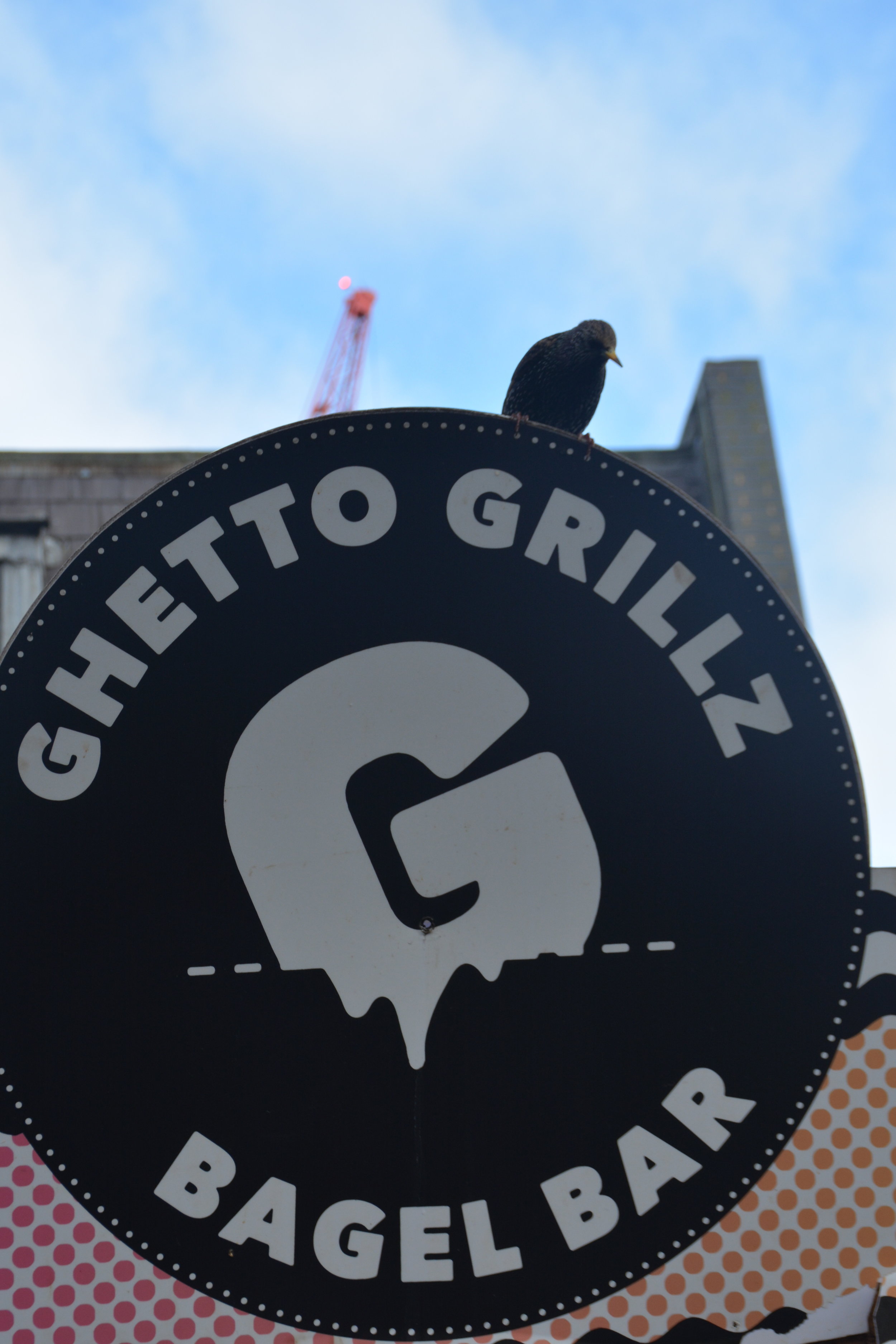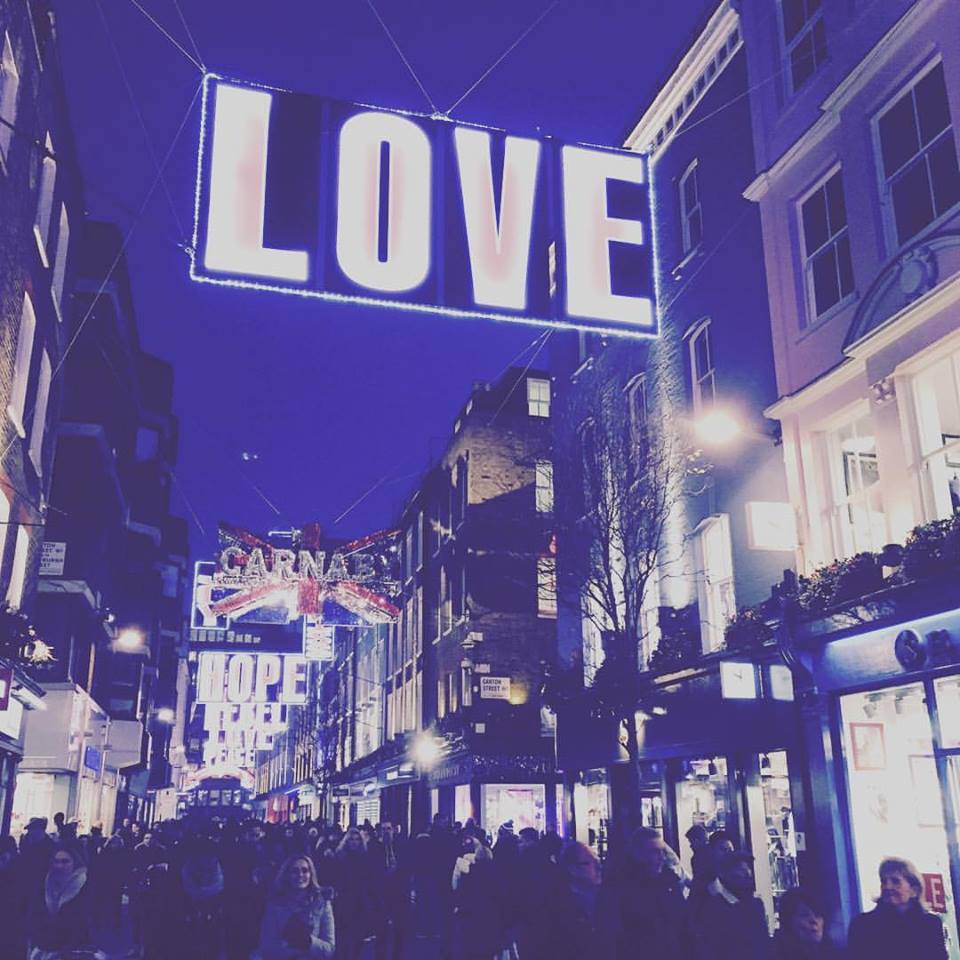When we first started traveling as a family, I remember asking a seasoned veteran for advice and she said: “Learn your family’s brand of travel.” What she meant was it’s easy to be seduced by guidebooks or someone’s amazing photo album or to plan a trip based on what you think you should do and see and so it’s important to overlay a filter on what you know about yourself and your family before you book anything. I know my family does not appreciate classical music. This is helpful filtering information when people keep telling you not to miss the Vienna Philharmonic Orchestra.
After several years of experience, we’ve developed our family brand of travel. It revolves around lots of activity, walking/beach hiking, good restaurants and special, usually small, places to stay outside of big cities where food features and there’s a pool. It doesn’t even have to be a good pool. It’s not to say that we don’t do city vacations or lay on the beach vacations but we have found our sweet spot in comfortable country inns in unique settings that take pride in feeding their guests what’s local. It’s the B&B version of agrotourism. What we might term B&D – Bed and Dinner.
The best of the bunch are places with plenty of nearby activities to do by car including an iconic tourist site/city in day trip distance and ideally within a 90 minute radius of an airport. If your family does not appreciate set menus, wants to be invisible to other guests, or is uncomfortable with “don’t know until we get there” cell phone service, please remember to filter what I’m telling you.
Brett and I have been talking about this and one of the reasons we think we enjoy this kind of travel is that it allows us to “turn off” the paralysis of having too many choices to make. While wonderful, big cities come with a long list of must see attractions which unless carefully managed can lead to a “choice overload problem.” The problem with too many choices is that is can cause family friction in decision making and chip away at your sense of satisfaction and relaxation. The list is always longer than the time. Museums in our family are usually less than seamless negotiations and the so-called agony we’ve put our children through in “finding the perfect restaurant” is certain to be remembered years from now.
When we are in these more rural settings, our choices - things to do, places to eat - are naturally more limited which safeguards against feelings of regret or the fear of missing out on something important or awesome. Fewer choices also frees up mental RAM space to really absorb the local culture. We want to know we don’t have to go in search of a good meal and that coming downstairs will be enough to make that happen. Not to mention that if your goal for vacation was to disconnect from the day to day noise of work and social media, the need to be glued to your phone in a city for navigation and real time research makes it harder to follow through on that intention.
Finding these unique places does take more planning and research and so word of mouth helps. I’ve shared about previous trips we’ve taken in this vein to Puglia, Northern Portugal, and Croatia. We hit the jackpot again this past October over a 4 day weekend in Cadiz, Spain. I got behind in writing about this because of our move to London but this is another gem you should know about.
Let’s imagine that you are living in Europe and want to escape the cold (or madness of the world) and get some sand in your toes. But you don’t want to fly all the way to the Greek islands to get it and you’d rather something different than Marbella and the Costa del Sol. The province of Cadiz in Southern Spain and the unspoiled beaches of the Costa de la Luz might be your ticket.
We stayed outside the white village of of Vejer de la Frontera in one of these country inn like places called Casa La Siesta. The rustic Andalucian cortijo style building has eight spacious guest rooms, a separate yurt and a secluded family cottage on beautiful grounds with extra special food and wine. Since it was October, it was too cold for the unheated pool but that didn’t matter. It’s one of those sites where the modesty of the neighboring village masks the broad place waiting on the other side of the narrow gate.
The abundance of indoor and outdoor common space with fruit trees, a working vegetable garden, an honesty bar and an open fire in the lounge area all make if feel more like a home away from home than a hotel. Most of the year it is adults only but children are welcome on selected family weeks and always welcome in the family cottage. We were there during a family week in two of the rooms. I booked way in advance as the place does fill up especially during summer when the whole place if often booked out for destination weddings. A generous breakfast is included and delicious three course set dinners are offered five nights a week. The dinners were so tasty and relaxed (ie the boys could head up to bed on their own when they were tired allowing us to finish the long meal with an espresso), we ended up eating in three of the four nights.
In terms of activities, we spent every day discovering a new beach and then landing in a beach town or white hill town for lunch. We spent one day walking miles on the long, straight golden sands of El Palmar Beach known for surfing and wind-based watersports.
We spent another day in the small but gorgeous cliff faced beach of Los Canos de Meca.
And we spent a third day in what might be the best beach we’ve seen in continental Europe, the coastal village and beach of Bolonia. Bolonia is about a 45 minute drive from where we were staying and only 20km north of the popular destination of Tarifa.
Bolonia has been voted one of Europe’s top 25 beaches on Trip Advisor but it’s mostly only known to Spanish tourists. Here’s why Bolonia is so fab:
- Geography is in its favor. Bolonia sits within Estrecho National Park. From the main highway, you need to drive 7km to get there. There is no drive through traffic making it like a Greek island without having to take a ferry.
- With a population of only 117, there is little nearby accommodation which means it is unspoiled and not commercialized. Military land nearby will insure further development won’t happen.
- Yet, it’s not entirely remote. There are no chairs or services on the beach but there are enough restaurants and bars, a few small grocery stores, and surfboards to hire to make it possible to spend the whole day there. It’s also a popular place for camper vans to overnight. It gets busy on the weekends and we heard the summer months do get crowded.
- The beach itself has everything. It is equally good for wading and waves. The sand is soft and golden. It’s a destination spot for water sports and leisure. It’s long enough for a walk or run.
- The setting is gorgeous. The beach has a natural cove on one end and is surrounded by huge white sand dunes which spread out into a forest of pine trees on the other end. There is something good for the soul about running up and tumbling down sand dunes.
- Not only can you look out over views of the channel between Spain & Africa, but just to show off its excellence behind the beach are some Roman ruins you can explore. You don’t see that in Florida.
We didn’t make it to Tarifa but that would be a worthwhile day trip with more time. As would a visit back to Zahara de los Atunes, the place where I first met and feel in love with Cadiz. We flew into Jerez, the nearest airport, where we hired a car and drove 50 minutes to Casa La Siesta. If you had more time, I would recommend that you fly into Seville to spend a couple of days there and then hire a car from Seville and drive 1.5 hours to Casa La Siesta.
If countryside cortijos and wild beaches are your travel brand ... Cadiz might be worth a look see/sea.

























































